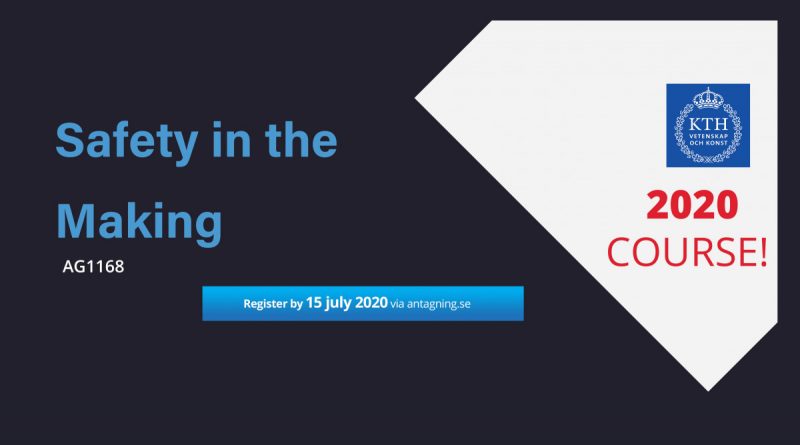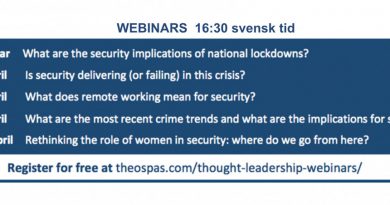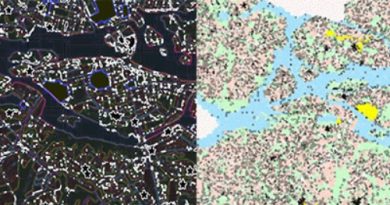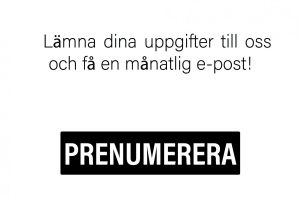Safety in the making Course!
Welcome to the Course Safety in the Making (AG1168), 7.5 hp, at KTH.
Register via antagning.se
The course starts on 27/8 and will be held entirely online!
The course deals with safety and security from an interdisciplinary perspective focusing on housing and urban environment. In the course, the theory is linked to practice with the help of case studies and lecturers from practice and academia. The course is aimed at students in social planning, criminology, and (landscape) architecture as well as practitioners in municipalities, crime prevention organizations, and the police.
A safe environment enables the satisfaction of the most basic individual needs – a safe house and a secure urban environment that allows free movement. The risk of becoming a victim of crime is a threat to these fundamental rights. If you become a crime victim depends, among other things, on who you are, where you are and when you are there. In this course, we look at the ways in which individuals’ age, gender, ethnic background and identity work together to create barriers and obstacles to security. Just as some individuals and groups in society are more vulnerable to crime than others, certain places are larger crime targets than other parts of the city. Specific physical and social environmental characteristics are identified and studied for these sites in relation to crime events. Our view is that the environment is not what leads to the crime but rather a condition that sometimes encourages crime patterns and sometimes reduces the occurrence of crime. If we understand these conditions better, we can increase the chances of working in a more challenging way with challenging public environments. We critically review more than three decades of theories of crime and environments in order to build knowledge, which leads to more conscious actions when planning for safe environments.
Course objectives and learning objectives
In this course, students are trained to work with crime and security issues in public environments. Students gain a broad and critical knowledge of the variety of theoretical approaches, which methods are at hand and learn from the field through a few different examples. After completing the course, students should be able to:
- Understand the meaning of security as a multidimensional concept derived from overlapping social constructs far beyond the analyzed scale.
- Apply and critically evaluate the main available theories and methods that link crime and security to public environments as well as situational crime prevention.
- Ha en förståelse för intersektionalitet inom säkerhet och utmaningarna som detta kan leda till för planeringsutövande.
- Use the KTH platform for ‘blended learning course’
- Use their new skills in a final project and communicate them (in writing and orally).
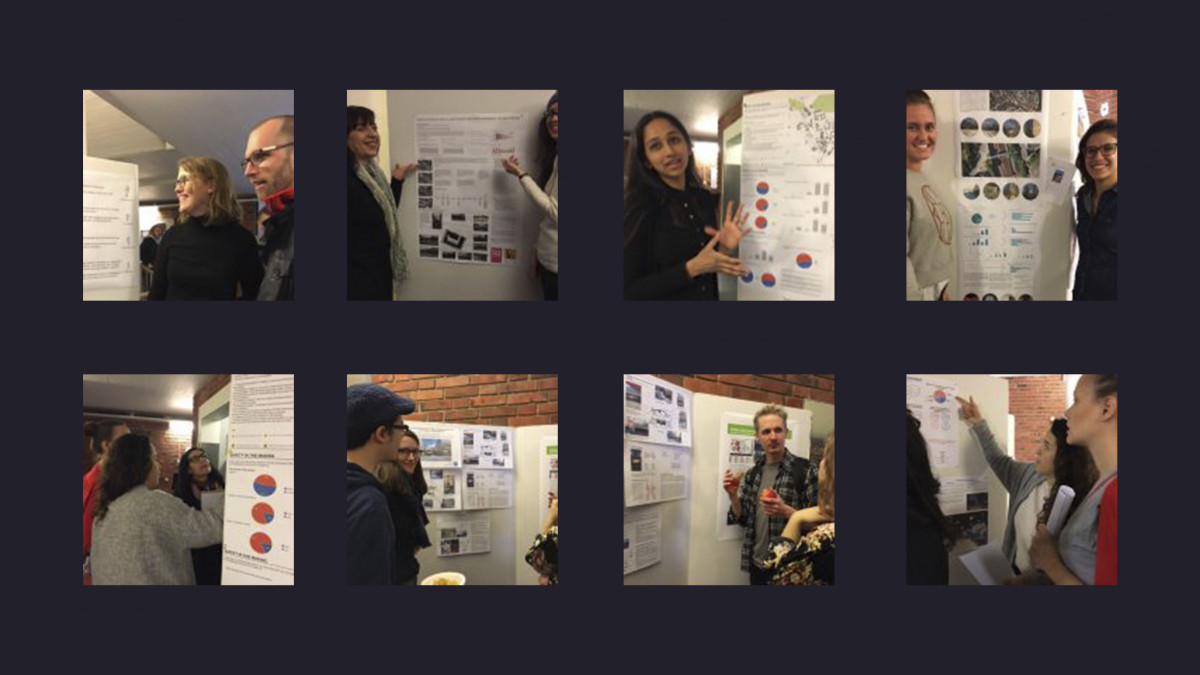
Scheme
The course consists of eight occasions, four ‘face-to-face’ meetings and four online meetings. It is a blended learning course in three different ways. First, the course combines online digital media with the traditional so-called Face-to-Face contact and the fieldwork method. Secondly, both English and Swedish literature is used. Finally, the course is based on both academic and practical knowledge.
Register by via antagning.se
Contact info@sakraplatser.abe.kth.se for more information.
Course coordinator: Prof. Vania Ceccato

